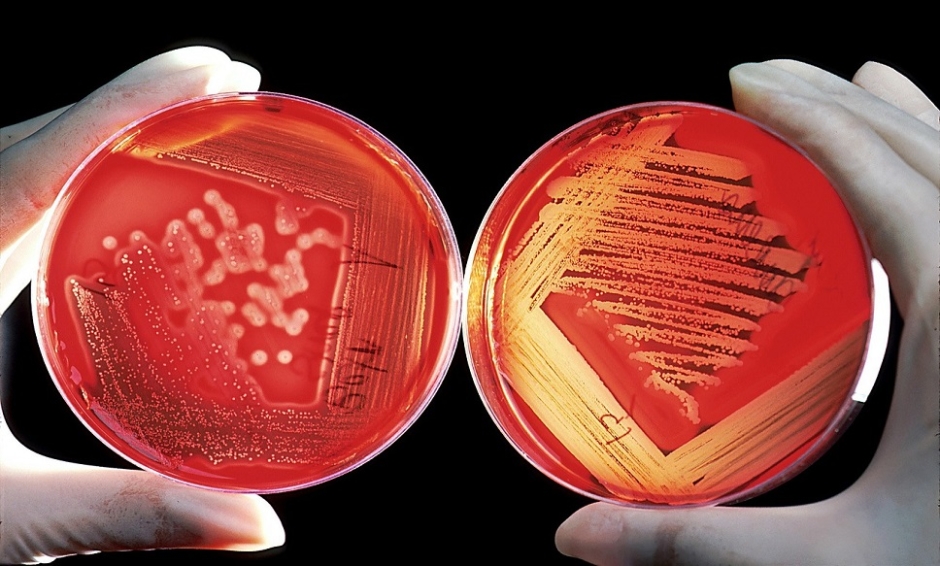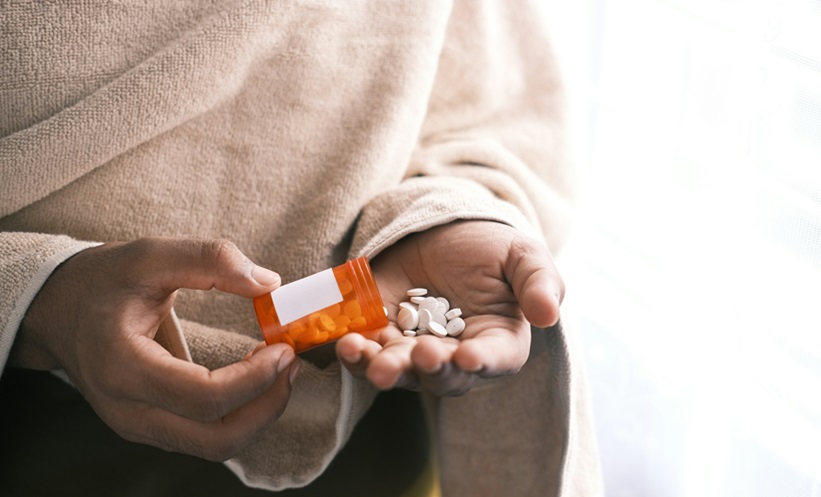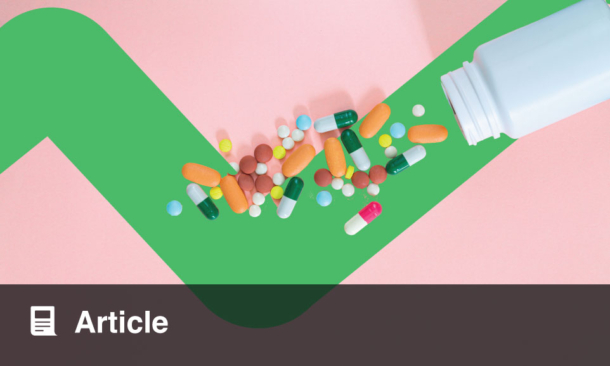Written by Harriet Lacey | Editorial Administrator, European Medical Journal
![]()
Bacteria, with their ability to cause chaos despite being extremely tiny, have long been a fascination of mine. They are certainly living up to their worrying potential with a concept that is not new but is gaining greater public recognition: antibiotic resistance. Antibiotic resistance among bacteria is something that consistently makes the headlines. In a worrying statement from 2017, the World Health Organization (WHO) announced that the world is “running out of antibiotics.”1 In a recent report, the WHO identified 12 different classes of “priority pathogens” that are highly resistant to antibiotics, some of which cause common infections such as pneumonia and urinary tract infections.2
Bacteria replicate at a phenomenal rate, which inevitably results in genetic mutations. When these mutations provide a survival benefit, they are passed on to subsequent generations and remain in the genome. Though the simplest, but by no means the only explanation, this mutation process can occur when bacteria are exposed to antibiotics and are faced with a situation where those that cannot adapt do not survive.
Infections caused by bacteria with antibiotic resistance are said to cause approximately 700,000 deaths worldwide every year. If no improvement is made, this number of deaths could increase to around 10 million per year by 2050.3
So, how do we prevent this from happening? Stop using antibiotics so much, of course. Easy, right?
Wrong.
The “it won’t happen to me” mentality is, I believe, one that is strongly ingrained within the population, but a lack of understanding among the general public, and perhaps a level of irresponsibility from certain healthcare and veterinary professionals, also contributes to this problem.
I am sure that everyone knows at least one person who has asked a doctor for antibiotics to treat their cold. Here, a doctor has an opportunity to re-educate their patient: there is no antibiotic that will treat a viral infection. But what if it is actually a Streptococcal infection? Does the doctor run the risk? Do they give in to the pressing patient demanding antibiotic drugs? Do they refuse and leave the patient angry, ready to tell their peers what a poor doctor they are?
A friend of mine, who studies dental hygiene, told me that their tutor had described microbiologists as having a dislike for dentists because they prescribe antibiotics without sending test samples to determine the type of infection, and hence antibiotic susceptibilities. Though this is surely a sweeping generalisation, this anecdote could be applied to General Practitioners across the nation; a pushy patient and a doctor running the risk of an infection more severe than it needs to be.
Like many of us, I have fallen victim to this next point. Before Christmas, my miniature dachshund, Pippa, was attacked by another dog. She was wearing a jumper and harness and luckily escaped with only a scrape to her stomach from the dog’s teeth, bruising, and a limp in her back leg. When taking her to the vets, we were advised to give her antibiotics “just in case”. This was the kind of scrape that I would not even think about visiting a doctor for myself. I am a strong advocate for not using antibiotics unnecessarily, but I was made to feel bad for not wanting to give them to her. I felt like I was being judged as an irresponsible owner, and therefore felt forced to pursue a situation I was not happy with. After speaking to other pet owners, this seems to be a common theme across the board. Your pet can’t tell you what’s happening with their body, so what can you do?
Greater efforts are being made towards raising the awareness of antibiotic resistance and the dangers it entails, with TV adverts, fliers, and posters all playing their part.
One solution seems to be to test every single case of infection that comes to the attention of a doctor, dentist, or vet. Devices that can rapidly detect whether an infection is of viral or bacterial origin by using genetic markers are entering clinical trials. The test takes around 1 hour to complete and only requires a drop of blood.4 Another device has been reported to detect antibiotic resistant bacteria in as little as 30 minutes, which operates on the premise that bacteria will continue to replicate their DNA if they are resistant to the antibiotic solution they are subjected to.5 These kinds of tests would solve the pressurising patient–doctor situation, but of course will take time and use additional funds and resources that are not necessarily available. New and adaptations of existing antibiotics are in the production pipeline,6 but it is only a matter of time before bacteria become resistant to these, too.
How much of a difference are these solutions going to make if we are still pressuring healthcare professionals to give us what we want, instead of what we need, and we are being pressured to give our pets things they do not necessarily need?
We are in a constant battle with bacteria. A never-ending arms race with microorganisms that equip the most adaptable, inescapable armour in the world. How can this battle be won? Where do we go from here?
References
- World Health Organization (WHO). The World is Running out of Antibiotics, WHO Report Confirms. 2017. Available at: http://www.who.int/news-room/detail/20-09-2017-the-world-is-running-out-of-antibiotics-who-report-confirms. Last accessed: 6 June 2018.
- World Health Organization (WHO). Antibacterial Agents in Clinical Development: An Analysis of the Antibacterial Clinical Development Pipeline, Including Tuberculosis. 2017. Available at: http://www.who.int/medicines/areas/rational_use/antibacterial_agents_clinical_development/en/. Last accessed: 6 June 2018.
- Davies M et al. The Telegraph; The True Cost of Antibiotic Resistance in Britain and Around the World. 2018. Available at: https://www.telegraph.co.uk/news/2018/03/26/almost-died-true-cost-antibiotic-resistance-britain-around-world/. Last accessed: 6 June 2018.
- Stone J. Forbes; Under the Weather? A Drop of Blood Can Tell if Antibiotics are Needed. 2016. Available at: https://www.forbes.com/sites/judystone/2016/01/20/under-the-weather-a-drop-of-blood-can-tell-if-antibiotics-are-needed/#4548f1df4a23. Last accessed: 6 June 2018.
- Science Daily. Test Reveals Antibiotic-Resistant Bacteria in a Half Hour. 2017. Available at: https://www.sciencedaily.com/releases/2017/10/171004142658.htm. Last accessed: 6 June 2018.
- University of Lincoln. First Proof a Synthesised Antibiotic is Capable of Treating Superbugs. 2017. Available at: http://www.lincoln.ac.uk/news/2018/03/1448.asp. Last accessed: 6 June 2018.








